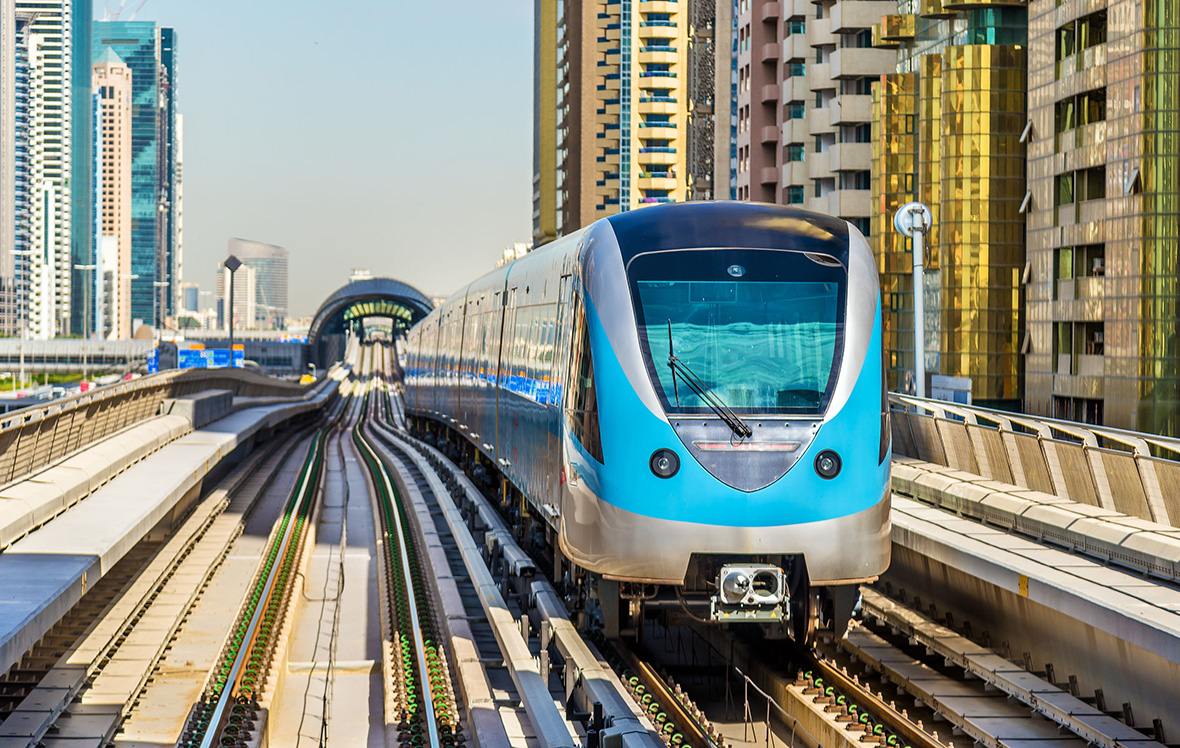
It’s a little known fact that rail transportation is one of the earliest adopters of IoT and big data. Devices and sensors along tracks and inside stations have helped enhance operators’ situational awareness and keep the rail system secure. But more and more, operators are relying on data to optimize business, too. Data collected from train station turnstiles and entrances, for example, can help the operator redeploy or redirect trains. Sensors detecting a change in temperature can trigger air conditioning. These are some of the ways in which data help operators retain customers and generate more revenue.
Big data will significantly improve safety which will quickly trickle down to enhance operations overall. The automation capabilities it offers will lead to less human error faults. Railroad operators will see an improvement in reliability in many areas. Customer service will be strengthened as travel journeys can be tailored to specific needs and real-time information can aid in helping customer make better travel decisions.
One way that data can be better utilized to help management reduce downtime and boost efficiency is through optimized maintenance, or alerting staff of an impending issue so they can deal with it even before it happens. A good solution predicts emerging issues and maintenance requirements so one can address them proactively to keep assets in service and to maximize uptime. Advanced analytics that shows hidden patterns in the data is used to quickly and accurately identify root causes. Timely alerts prompt maintenance teams to address issues during scheduled outages in a planned, cost-effective way. This enables railway and metro operators to repair or replace assets at the optimal time.
Another primary objective for rail operators today is lowering rail congestion. Big Data on peak hour ridership, places with the biggest traffic, and passenger travel behavior collected from station entrances, exits and speed gates can help operators redeploy trains or make relevant marketing strategies to redirect traffic to less busy hours.
Inside the station, analytics such as queue management and direction flow can help operators optimize staff utilization and make data-driven marketing decisions. Station managers can set up video analytics to monitor traffic flow around the station, monitoring the number of people flowing through the ticket barriers, for example, or waiting in line at the ticket window. Armed with this knowledge, station management can then adjust their staffing in real-time to ensure customers are served as quickly as possible. With this level of data, stations can also create comparisons of traffic patterns for different time periods and plan their staffing accordingly. In the run-up to peak travel periods like Christmas, stations will appreciate any insight they can get to ensure everyone gets to their train safely and on time.
To maintain the comfort level of the station, data generated by temperature, humidity and carbon dioxide sensors can all play a role. Traditionally, you need to adjust air conditioning manually according to the number of people present. With Big Data generated by various sensors, this process can be more automated. For example, if more people have emerged in a particular area, the carbon dioxide level in that area would rise, and a carbon dioxide sensor would detect that. This would then switch on the HVAC system, bringing the temperature to a more desired level.
Know more about customers
Ultimately, Big Data from rail sensors can help operators learn more about their customers. This way they can come up with focused and targeted marketing strategies to optimize revenue and deliver a more personalized customer experience. The opportunity exists for station operators to adopt cognitive computing capabilities to re-route trains, inform passengers of their choices and alternatives, and provide real-time updates through text, social media and other channels. According to studies done, timely and correct information combined with providing alternatives drives much higher traveler satisfaction.
And operators can now take data-driven personalization efforts a step further. It is now possible for a passenger to share his or her calendar with the system, so it knows the passenger’s departure time and what meetings are planned at the end of the journey. By interpreting this data the cognitive system knows how to interact with the passenger in real-time to make a restaurant suggestion, offer an earlier train or an alternate route and propose a quiet place to hold the meeting once the passenger has arrived at his or her destination.
Source: a&s Magazine